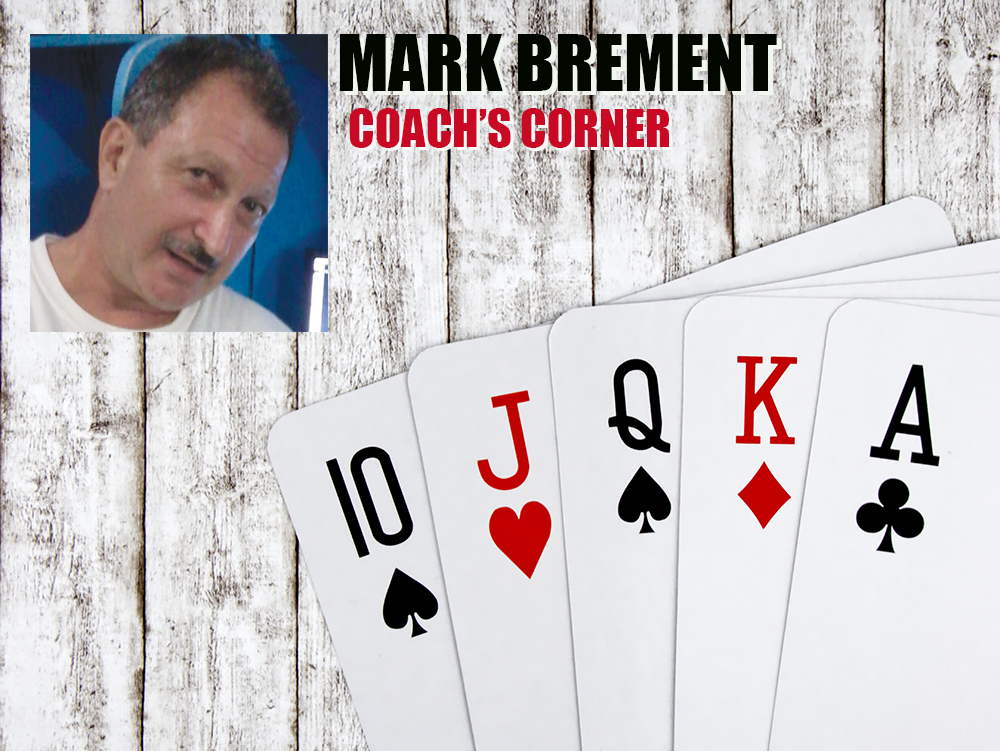Once upon a time, poker hands were analyzed in terms of the hand in question. Villain shoves and Hero calls with pocket jacks and the discussion would revolve around whether the jacks represented a good call. In today’s game, advanced players examine a hand in question in terms of range. Furthermore, range is pegged to stack size and stack size is measured in terms of blinds.
Often, after exiting a tournament and on the long drive home, we’re left with a nagging feeling on whether we played it “right.” All you have to do is call three experts and you guessed it, you’ll get three different answers. That’s frustrating. Now you’re really confused. Let’s delve into a complex yet simple problem and see if we can get a better handle on what makes a poker decision right or wrong.
You’re in a satellite, in the big blind and blinds are 2K-4K with no antes. Of note, 22 seats will be awarded and 27 players remain. A short stack shoves for 7K and it folds around to you. All you have to do is call 3K chips and because you have 19K, a call here is a no-brainer.
Not so fast. Stay with me, I want to make this a learning moment. We freeze the clock and jump into our computer and plug in every entrants stack size and there are eight stacks in the 3K-8K range, which is very short, and guess what? This chang.es the decision from a 60-percent call range to 10 percent. So, you go against your instinct to call and fold, which turns into quite a bit of table banter. Seat 1 said it’s a 100-percent call. Seat 2 chimes in that he can’t imagine what you folded. This scenario happened to me.
Are you still with me? If this were a tournament that paid 15 spots, yes, it’s an auto-call. If the big blind had 33K chips then it’s an auto-call. Chips lose their value as time moves for.ward and blinds increase, so 19K chips may sound like a decent stack but risking 3K at this point in a satellite turns out to be a blunder.
It’s your job at the late stage of a tournament to understand your calling-range. A 10-percent range, (my range) is A-A to 6-6, A-K suited to A-9 suited, A-K offsuit through A-J offsuit, K-Q (suited and offsuit) and K-J suited.
In review, it’s important to understand what your range is to call. You have leeway to expand or tighten ranges based on observation.
However, in this example, the key number that great.ly altered our calling range was awareness of all of the short stacks at the other tables. After all, it was only nine minutes later that I was at the cage collecting my tournament ticket.
— Mark Brement has spent 15 years teaching and coaching all facets of poker, including at Pima CC. Email him at brementmark@gmail.com.




